Deferred maintenance is bad for your building, your budget, and your business
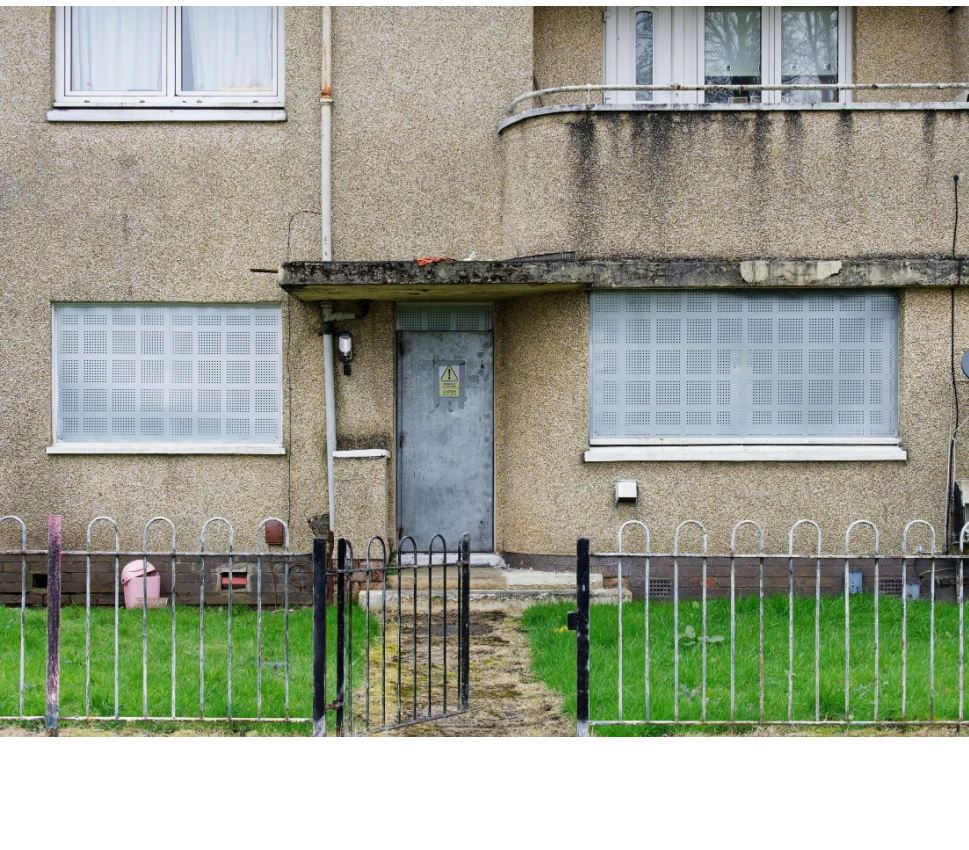
The Cost of Poor Property Maintenance
How hiring the wrong team—or ignoring routine care—can drain your profits.
Maintaining a multifamily property isn’t just about patching drywall or cleaning between tenants. It’s about protecting your investment. Property maintenance, when done right, preserves value, attracts long-term tenants, and reduces liability. But when it’s done wrong—or worse, ignored—the costs can quickly multiply.
Let’s break down the true cost of poor property maintenance and why working with the right team is worth every dollar.
The Hidden Costs of Poor Maintenance
Deferred maintenance doesn’t just look bad. It is bad—for your building, your budget, and your business.
According to Fannie Mae, deferring basic maintenance increases repair costs by up to 600% compared to preventative care. That leaky faucet might cost $150 to fix today, but if it causes subfloor rot and mold? You’re now facing a $5,000+ problem, tenant displacement, and possible legal issues.
A study by Kingsley Associates found that tenant satisfaction drops by 18% when maintenance is slow or unreliable. That dissatisfaction leads to:
- Higher turnover rates (costing $1,000–$3,000 per unit in turnover costs, per NAAHQ)
- Lower renewal rates
- Negative online reviews that reduce new leasing opportunities
Paying Too Much For Insurance?
Get a FREE quote to insure your rental properties for less.
When the Wrong Team Costs You More
Hiring the cheapest contractor or a jack-of-all-trades might save a few bucks upfront—but the hidden costs add up fast:
- Incomplete Repairs: Fixes that fail within months mean you’re paying twice.
- Slow Response Times: Every day a unit is offline can mean $50–$150/day in lost rent.
- Missed Compliance: Improper repairs can lead to code violations or insurance denials.
According to Buildium, 43% of property owners say vendor reliability is one of their biggest pain points. The wrong team can lead to longer vacancy periods, miscommunication with tenants, and even damage to other units (in multi-floor properties, for example).
Doing It Right vs. Poor Maintenance
| Maintenance Scenario | Done Right | Done Wrong / Delayed |
|
Water Leak in Unit |
Fixed in 24 hrs → No damage |
Delayed → Mold spreads → $5,000+ remediation |
|
Turnover Cleaning + Repairs |
1-day turnaround with bundled team |
Multiple vendors → 3-5 days downtime → $600+ rent loss |
|
Paint & Patch Work |
Seamless finish = happy tenants + no complaints |
Poor finish → Negative reviews → Harder to lease |
|
AC Filter Replacement |
Preventative plan = efficient system + happy tenants |
Ignored = system strain → $2,000 repair |
|
Drywall Repair |
Done right once |
Cheap labor = cracks return → Pay again in 3 months |
Stop Paying for the Same Mistakes
Bad maintenance is expensive. But good maintenance? It’s an investment that pays for itself in occupancy, tenant satisfaction, and asset value.
Source: CAC Pro


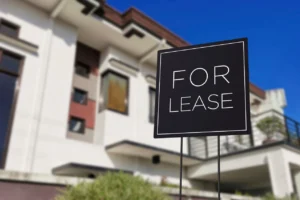


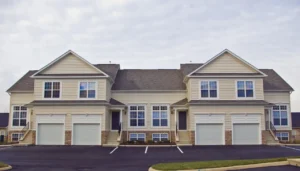
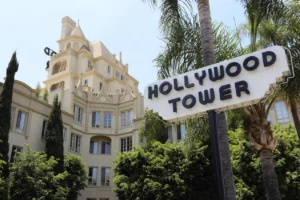

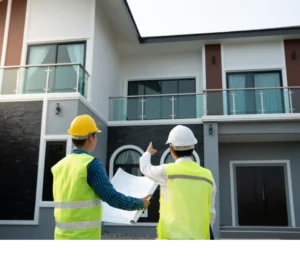




 Accessibility
Accessibility